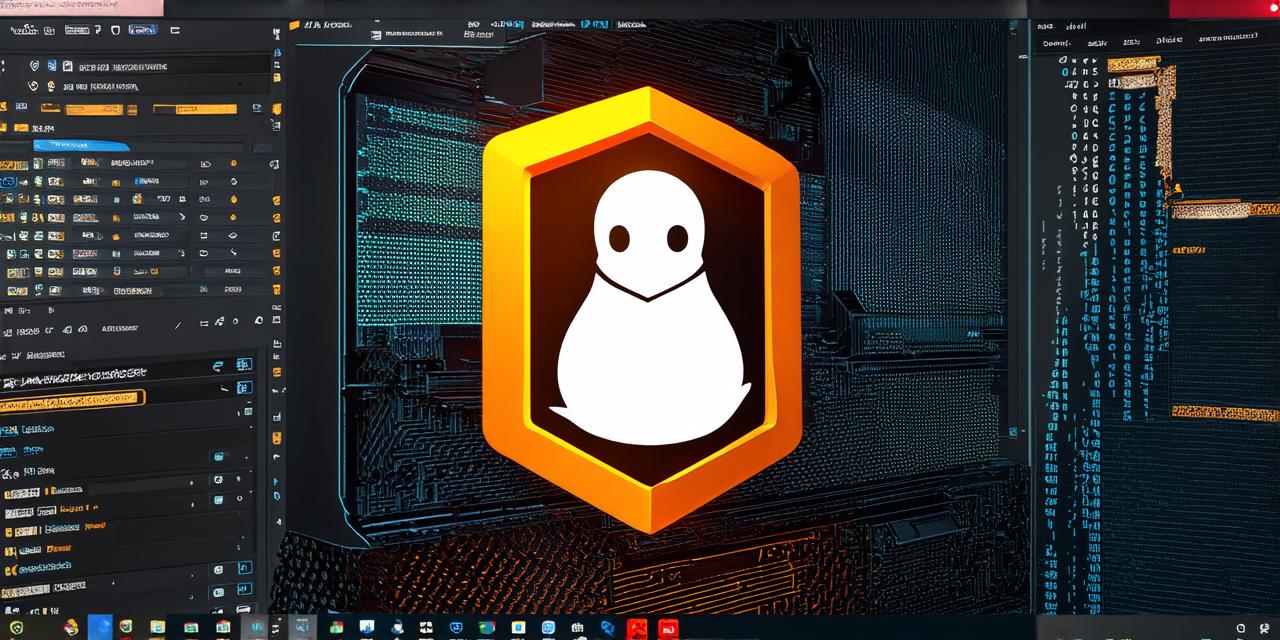Unreal Engine is a widely used 3D creation tool that offers developers a variety of features and capabilities to create immersive environments, characters, and applications. It was first developed by Epic Games in 1998 and has since been adopted by numerous industries, including gaming, virtual reality (VR), augmented reality (AR), architectural visualization, and more. In this article, we will explore the features, capabilities, and benefits of Unreal Engine for developers.
Features and Capabilities of Unreal Engine
Unreal Engine is a powerful and flexible tool that offers numerous features and capabilities to create 3D applications. Some of the key features include:

- Realistic graphics: Unreal Engine uses advanced rendering techniques to create highly realistic graphics, including lighting, shadows, reflections, and more.
- Physics simulation: Unreal Engine includes a powerful physics simulation system that allows developers to create realistic physical interactions between objects in their 3D environment.
- Animation tools: Unreal Engine includes a variety of animation tools to create fluid and natural movements for characters and objects in 3D environments.
- Audio and visual effects: Unreal Engine includes advanced audio and visual effects capabilities, allowing developers to create immersive soundscapes and add special effects to their applications.
- Networking: Unreal Engine supports multiplayer networking, allowing developers to create online applications that can be accessed by multiple users simultaneously.
- Cross-platform compatibility: Unreal Engine is designed for cross-platform compatibility, meaning developers can create applications that run seamlessly on a wide range of devices, including Windows, Mac, Linux, mobile devices, and more.
Benefits of Using Unreal Engine
Using Unreal Engine offers several benefits to developers, including:
- Faster development: Unreal Engine’s intuitive interface and powerful features allow developers to create 3D applications quickly and efficiently.
- Reduced costs: Unreal Engine is an open-source tool that is freely available for download, reducing the cost of development for many projects.
- Greater flexibility: Unreal Engine offers a wide range of customization options, allowing developers to create 3D applications that are tailored to their specific needs.
- Improved collaboration: Unreal Engine includes advanced networking capabilities, making it easy for teams to collaborate on projects in real-time.
- Larger audience reach: Unreal Engine supports cross-platform compatibility, allowing developers to create applications that can be accessed by a larger audience across multiple devices.
Unreal Engine vs. Other Tools
When compared to other 3D creation tools, Unreal Engine stands out for its advanced graphics capabilities and powerful physics simulation system. It also offers greater flexibility and customization options than some other tools. Additionally, Unreal Engine’s open-source nature makes it an attractive option for developers who want to keep costs down and have access to the source code.
Unreal Engine on Linux: A Comprehensive Overview
In addition to its cross-platform capabilities, Unreal Engine can also run on Linux. In this section, we will explore how Unreal Engine performs on Linux and the benefits of using it on this platform.
Unreal Engine on Linux: Performance and Scalability
Linux is an open-source operating system that offers a wide range of customization options, making it ideal for optimizing performance. When developing applications using Unreal Engine on Linux, there are several best practices and tips to keep in mind:
- Optimize your code: Unreal Engine’s performance on Linux can be further optimized by carefully tuning your code for the platform. This includes minimizing memory usage, reducing unnecessary computations, and leveraging the power of Linux’s underlying hardware.
- Use the latest version of Unreal Engine: Unreal Engine is constantly being updated with new features and improvements. Using the latest version of the tool ensures that you have access to the latest performance optimizations and features.
- Test thoroughly: As with any development project, it is important to thoroughly test your applications on Linux to ensure that they run smoothly and without issues.
- Collaborate effectively: Unreal Engine’s networking capabilities make it easy for teams to collaborate on projects in real-time, so be sure to communicate effectively with team members and leverage the platform’s collaboration tools to ensure smooth development.
Unreal Engine on Linux: Best Practices and Tips (continued)
When developing applications using Unreal Engine on Linux, it is important to keep in mind the following best practices and tips:
- Utilize GPU resources: Linux offers a wide range of GPUs that can be used to accelerate rendering and other computations. Utilizing these resources can significantly improve performance and reduce render times.
- Use efficient data structures: When working with large datasets, it is important to use efficient data structures to minimize memory usage and improve performance. Unreal Engine provides a variety of data structures that can be optimized for different use cases.
- Optimize textures and materials: Textures and materials can have a significant impact on performance, so it is important to optimize them for the platform. This includes using smaller texture sizes, reducing the number of layers in materials, and minimizing the use of shaders.
- Reduce unnecessary computations: Unreal Engine provides a variety of tools to optimize performance by reducing unnecessary computations. For example, you can disable certain features or settings that are not needed for your specific application.
Unreal Engine on Linux: Real-world Applications
Unreal Engine has been used in various industries to create real-world applications, including VR and AR development, architectural visualization, and more. For example, Unreal Engine has been used to create immersive VR experiences for training medical professionals, creating interactive museum exhibits, and designing and visualizing architecture.
Unreal Engine on Linux: Conclusion
In conclusion, Unreal Engine is a powerful 3D creation tool that offers numerous features and capabilities to develop immersive environments and applications. While there are many tools available for creating 3D applications, Unreal Engine stands out for its advanced graphics capabilities and physics simulation system. Linux provides an ideal platform for optimizing performance and customization, making it a popular choice for developers. With the right best practices and tips in place, Unreal Engine on Linux can be used to create high-performance and immersive applications for various industries.
